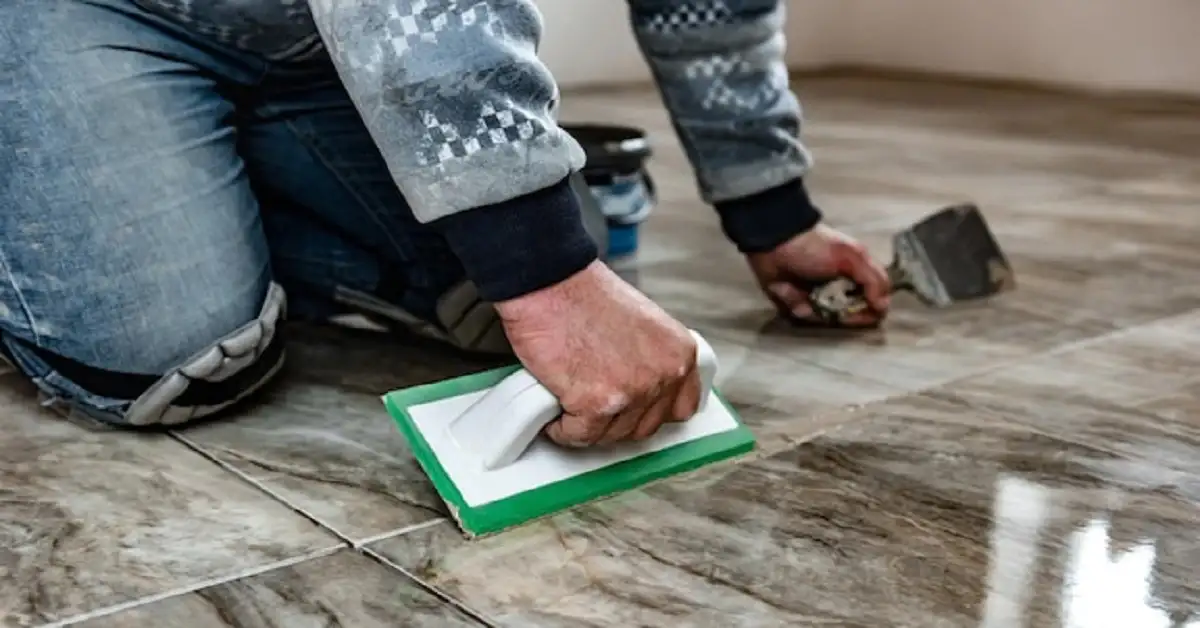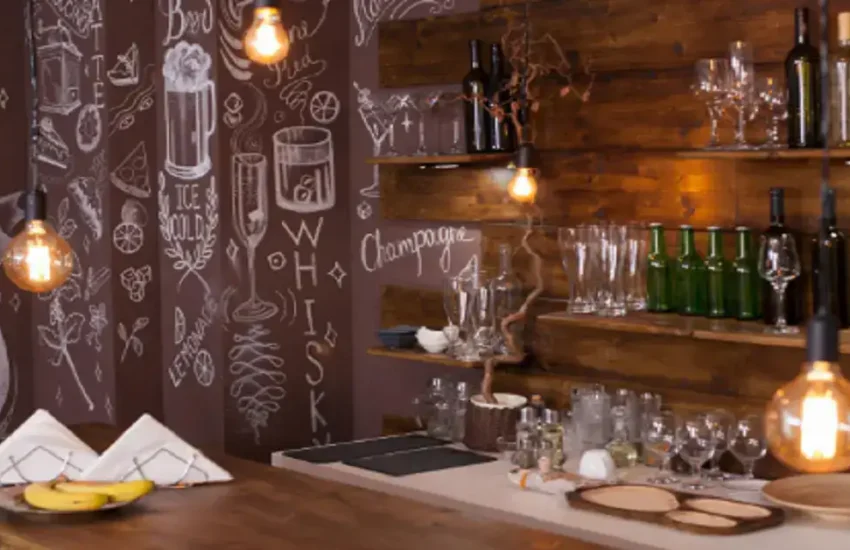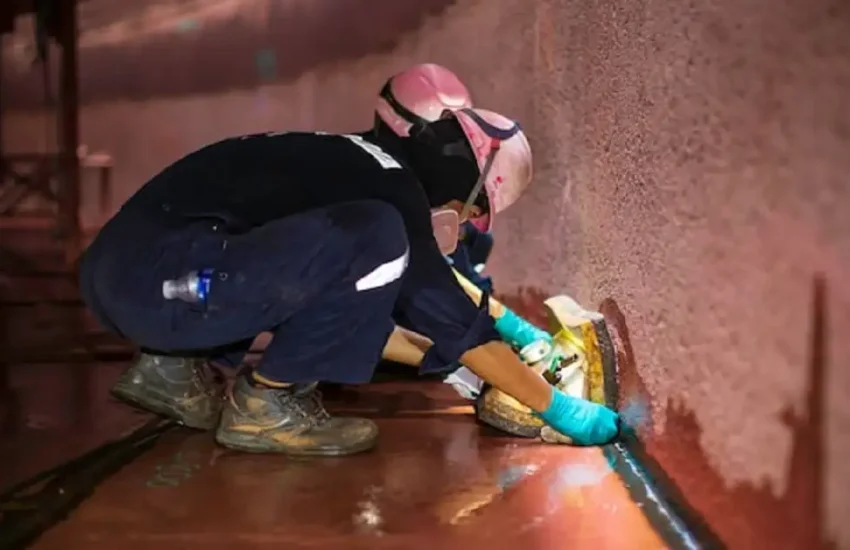Step-by-Step Guide to Restoring Water Damaged Hardwood Floors
Water damage can wreak havoc on hardwood floors, but with the right approach, you can restore them to their original beauty. This comprehensive guide will walk you through each step of the restoration process, ensuring that your hardwood floors look as good as new.
Understanding the Extent of Water Damage
Before diving into the restoration process, it’s crucial to assess the extent of the water damage. This will help you determine the best course of action and the materials you will need.
Types of Water Damage
- Surface Water Damage: Typically caused by spills or minor leaks. This type of damage affects only the top layer of the floor.
- Subsurface Water Damage: Results from prolonged exposure to water, such as from floods or burst pipes. This type often affects the subfloor and requires more extensive repairs.
Initial Steps to Take
1. Remove Standing Water
Use a wet/dry vacuum to remove any standing water from the affected area. This prevents further absorption into the wood and subfloor.
2. Dry the Area Thoroughly
Air circulation is key. Open windows, use fans, and dehumidifiers to speed up the drying process. This can take several days, depending on the severity of the damage.
3. Inspect for Mold and Mildew
Water damage often leads to mold and mildew growth. Inspect the affected area thoroughly and use a mixture of water and mild detergent to clean any visible mold. For severe cases, a commercial mold remover or professional help may be necessary.
Repairing Surface Water Damage
1. Sand the Damaged Area
Once the floor is completely dry, lightly sand the surface with fine-grit sandpaper to remove the damaged finish and smooth out any raised grain.
2. Clean the Sanded Area
Use a vacuum to remove the sanding dust, followed by a damp cloth to ensure the surface is clean and free of debris.
3. Apply a New Finish
Choose a finish that matches your existing floor. Apply it evenly with a brush or applicator pad. Allow it to dry completely before applying additional coats if necessary.
Repairing Subsurface Water Damage
1. Remove Damaged Boards
If the water has penetrated deeply, you may need to remove and replace damaged boards. Use a circular saw to cut out the affected area, being careful not to damage adjacent boards.
2. Inspect and Repair the Subfloor
Check the subfloor for damage. If it’s wet or moldy, it will need to be dried, treated, or replaced. Use a dehumidifier to speed up drying if necessary.
3. Install New Hardwood Boards
Replace the damaged boards with new ones that match the existing floor. Nail them into place and ensure they are level with the surrounding boards.
4. Sand and Finish
Sand the new boards to match the height and texture of the surrounding floor. Apply a finish to match the rest of the floor, blending carefully to ensure a seamless look.
Preventing Future Water Damage
1. Use Area Rugs and Mats
Place rugs and mats in high-traffic areas and near entrances to catch moisture and prevent it from reaching your hardwood floors.
2. Maintain Your Plumbing
Regularly inspect and maintain your home’s plumbing to prevent leaks and bursts that could lead to water damage.
3. Control Indoor Humidity
Keep indoor humidity levels between 30% and 50% to prevent excessive moisture from affecting your floors. Use a dehumidifier in particularly humid areas.
Professional Help vs. DIY
While minor water damage can often be handled with a DIY approach, extensive damage may require professional assistance. Professionals have the tools and expertise to handle severe cases, ensuring the job is done correctly and preventing further issues down the line.
Conclusion
Restoring water-damaged hardwood floors is a meticulous process, but with patience and the right techniques, you can bring your floors back to life. Whether you’re dealing with minor surface damage or more extensive subsurface issues, this guide provides the detailed steps needed to achieve a successful restoration. By taking preventative measures, you can also protect your hardwood floors from future water damage, ensuring they remain beautiful and durable for years to come.



